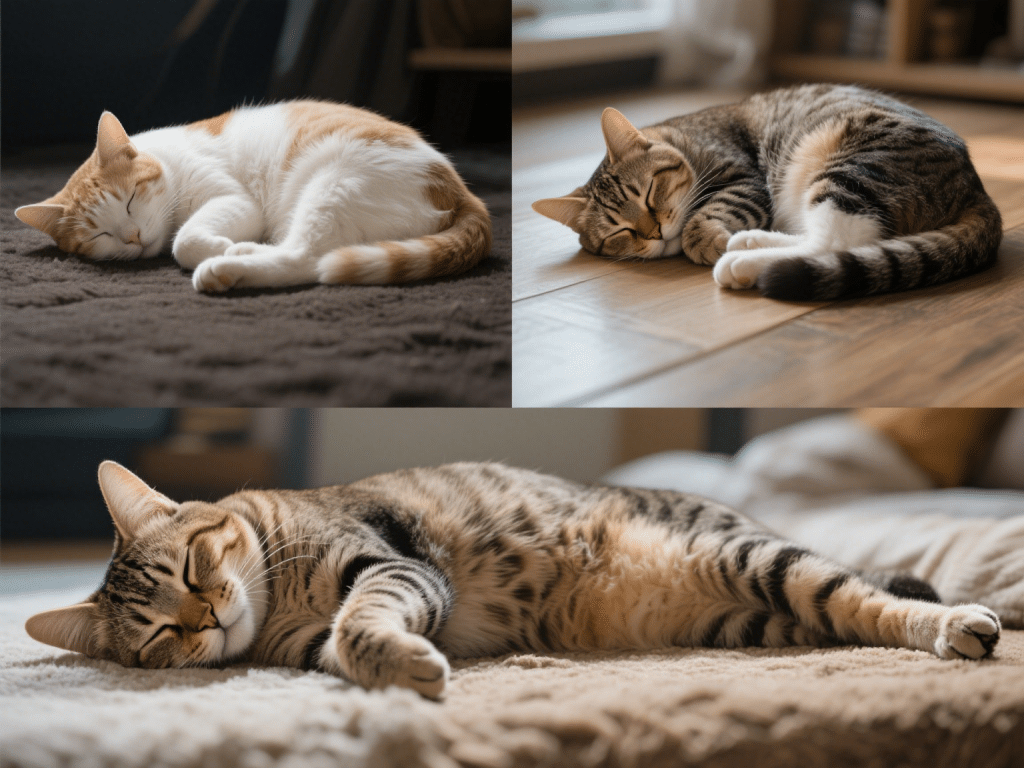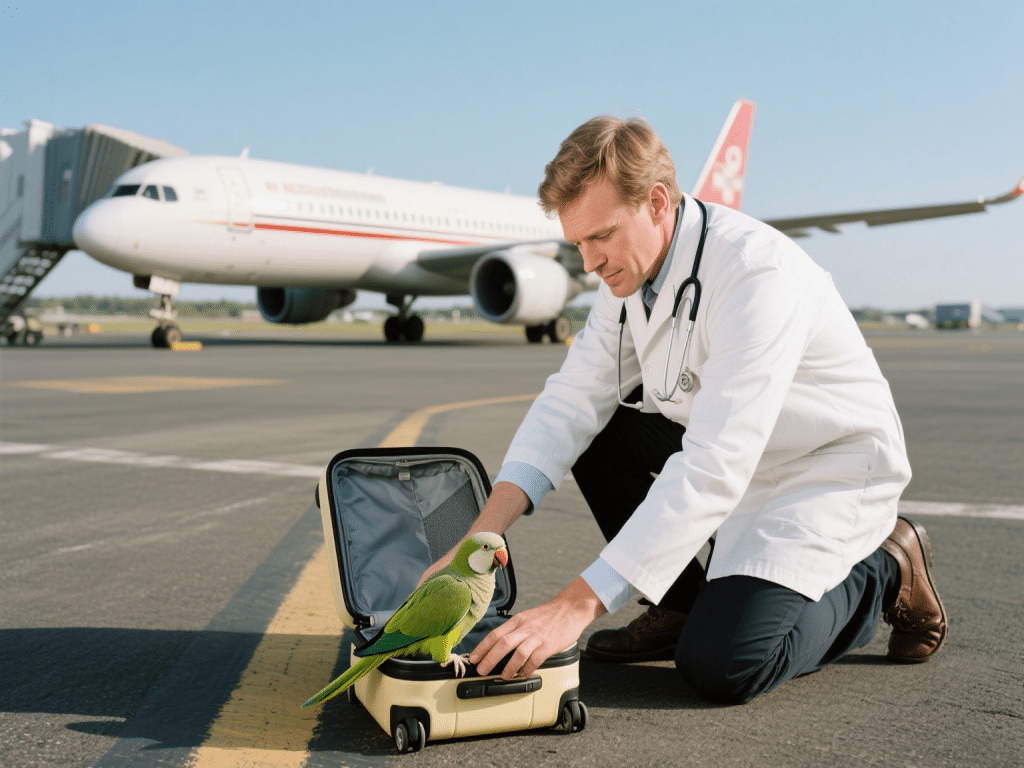As a certified ornithologist and wildlife gardener for 14 years, I believe every backyard can transform into a flourishing bird sanctuary. Beyond aesthetics, safety from predators and toxins is paramount. This guide outlines best practices for feeder placement, bath maintenance, and selecting native trees and shrubs that support local avifauna through food, shelter, and nesting sites.
1. Feeder Selection & Placement
Choose feeders based on target species: tube feeders for finches, platform feeders for cardinals, suet cages for woodpeckers. Hang feeders 5–6 feet off the ground and at least 10 feet from dense cover to reduce cat predation. Position near 360° visibility.
2. Bathing Stations for Hygiene & Hydration
Install shallow birdbaths (2–3 inches depth) with gently sloped sides. Place under partial shade to limit algae and overheating. Clean baths weekly with a scrub brush—avoid soaps that leave residues harmful to birds.
3. Native Plant Palette
Incorporate a mix of shrubs (e.g., serviceberry, elderberry) and trees (oaks, maples) that provide seasonal berries and caterpillar habitat. Underplant with native grasses and wildflowers (coneflower, black‑eyed Susan) to attract insects and seed‑eating species.
4. Predator Deterrence & Safe Perches
Install 1 foot–tall baffles on poles to deter squirrels. Use durable metal tubes for feeder poles. Provide natural perches—dead branches or brush piles—away from feeders to allow lookout points and preening spots.
5. Seasonal Food & Water Management
Offer high‑energy foods (sunflower hearts, peanuts) in winter; switch to millet and cracked corn in nesting season. Supply fresh water year‑round; install heated baths or dripping water features in colder months to ensure availability.
6. Monitoring & Maintenance
Check feeders daily for moldy or spoiled seeds. Rotate feeder types monthly to prevent disease spread and encourage diverse species. Document visiting species with photos—this record guides future plantings.
Conclusion
By thoughtfully selecting feeders, maintaining clean baths, and landscaping with native flora, you cultivate a bird‑safe backyard oasis that sustains and delights both birds and human observers. Your sanctuary will flourish, offering year‑round wildlife engagement and ecological benefits to your local avian community.






Comments on "Creating a Bird‑Safe Backyard Oasis: Choosing Feeders, Baths & Trees" :